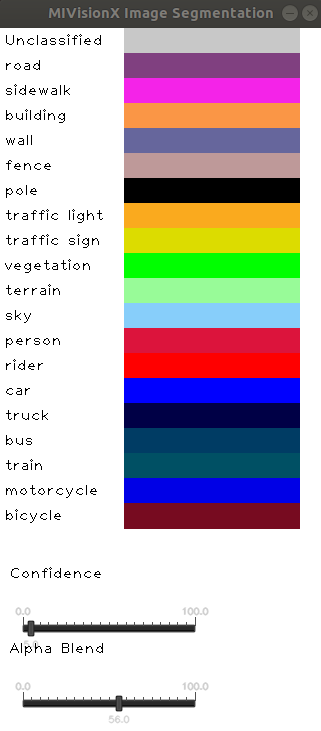MIVisionX Model Compiler Samples#

In this sample, we will learn how to run inference efficiently using OpenVX and OpenVX Extensions. The sample will go over each step required to convert a pre-trained neural net model into an OpenVX Graph and run this graph efficiently on any target hardware. In this sample, we will also learn about AMD MIVisionX which delivers open source implementation of OpenVX and OpenVX Extensions along with MIVisionX Neural Net Model Compiler & Optimizer.
Neural Net Model Compiler & Optimizer converts pre-trained neural network models to MIVisionX runtime code for optimized inference.

Pre-trained models in ONNX, NNEF, & Caffe formats are supported by the model compiler & optimizer. The model compiler first converts the pre-trained models to AMD Neural Net Intermediate Representation (NNIR), once the model has been translated into AMD NNIR (AMD’s internal open format), the Optimizer goes through the NNIR and applies various optimizations which would allow the model to be deployed on to target hardware most efficiently. Finally, AMD NNIR is converted into OpenVX C code, which could be compiled and deployed on any targeted hardware.

Prerequisites#
Ubuntu
20.04/22.04or CentOS7/8-
AMD Radeon GPU or AMD APU required
Latest ROCm
Build & Install MIVisionX
Docker for Samples#
MIVisionX provides developers with docker images for Ubuntu 20.04 / 22.04. Using docker images developers can quickly prototype and build applications without having to be locked into a single system setup or lose valuable time figuring out the dependencies of the underlying software.
Docker files to build MIVisionX containers are available
MIVisionX Docker#
Docker Workflow on Ubuntu 20.04/22.04#
Prerequisites#
Ubuntu
20.04/22.04
Docker with display option for the samples#
Start docker with display
% sudo docker pull mivisionx/ubuntu-20.04:latest
% xhost +local:root
% sudo docker run -it --device=/dev/kfd --device=/dev/dri --cap-add=SYS_RAWIO --device=/dev/mem --group-add video --network host --env DISPLAY=unix$DISPLAY --privileged --volume $XAUTH:/root/.Xauthority --volume /tmp/.X11-unix/:/tmp/.X11-unix mivisionx/ubuntu-20.04:latest
Test display with MIVisionX sample
% export PATH=$PATH:/opt/rocm/bin
% export LD_LIBRARY_PATH=$LD_LIBRARY_PATH:/opt/rocm/lib
% runvx /opt/rocm/share/mivisionx/samples/gdf/canny.gdf
Usage#
Convert Pre-Trained Models into OpenVX#
Use MIVisionX Neural Net Model Compiler & Optimizer to generate OpenVX code from your pre-trained neural net model. The model compiler generates annmodule.cpp & annmodule.h during the OpenVX code generation. The whole process of inference from a pre-trained neural net model will be shown in 3 different samples below.
Download or train your own
Caffe Model/ONNX Model/NNEF Model.
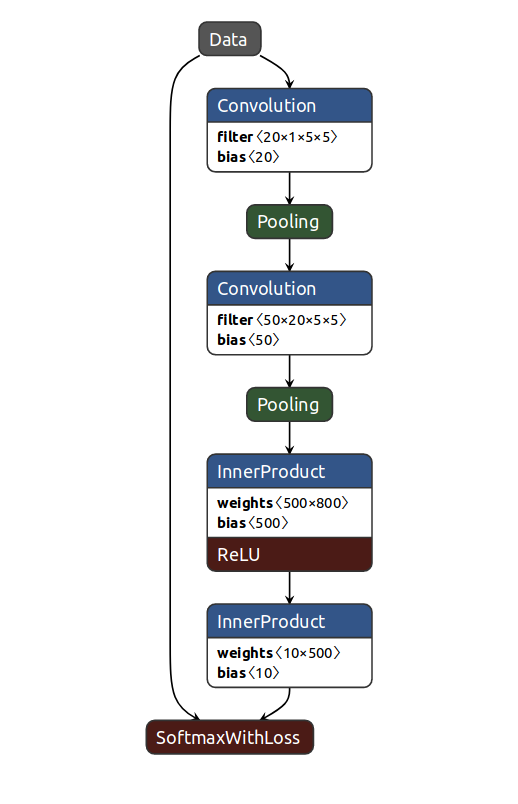
Use MIVisionX Model Compiler to generate OpenVX C Code from the pre-trained models.
Note: MIVisionX installs all the model compiler scripts in
/opt/rocm/libexec/mivisionx/model_compiler/python/folder
Convert the pre-trained models into AMD NNIR model:
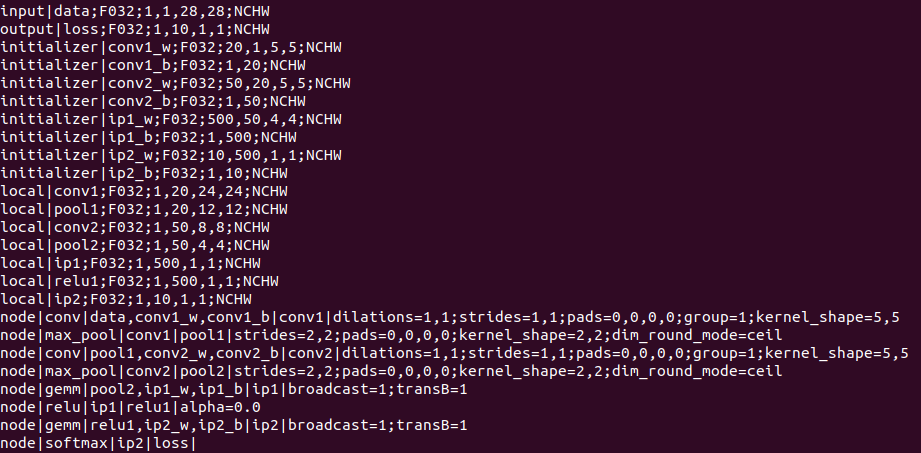
* Caffe Models
````
% python3 /opt/rocm/libexec/mivisionx/model_compiler/python/caffe_to_nnir.py <net.caffeModel> <nnirOutputFolder> --input-dims <n,c,h,w> [--verbose <0|1>]
````
* ONNX Models
````
% python3 /opt/rocm/libexec/mivisionx/model_compiler/python/onnx_to_nnir.py <onnxModel> <nnirOutputFolder> [--input_dims n,c,h,w (optional)]
````
* NNEF Models
````
% python3 /opt/rocm/libexec/mivisionx/model_compiler/python/nnef_to_nnir.py <nnefInputFolder> <outputFolder>
````
Convert an AMD NNIR model into OpenVX C code:
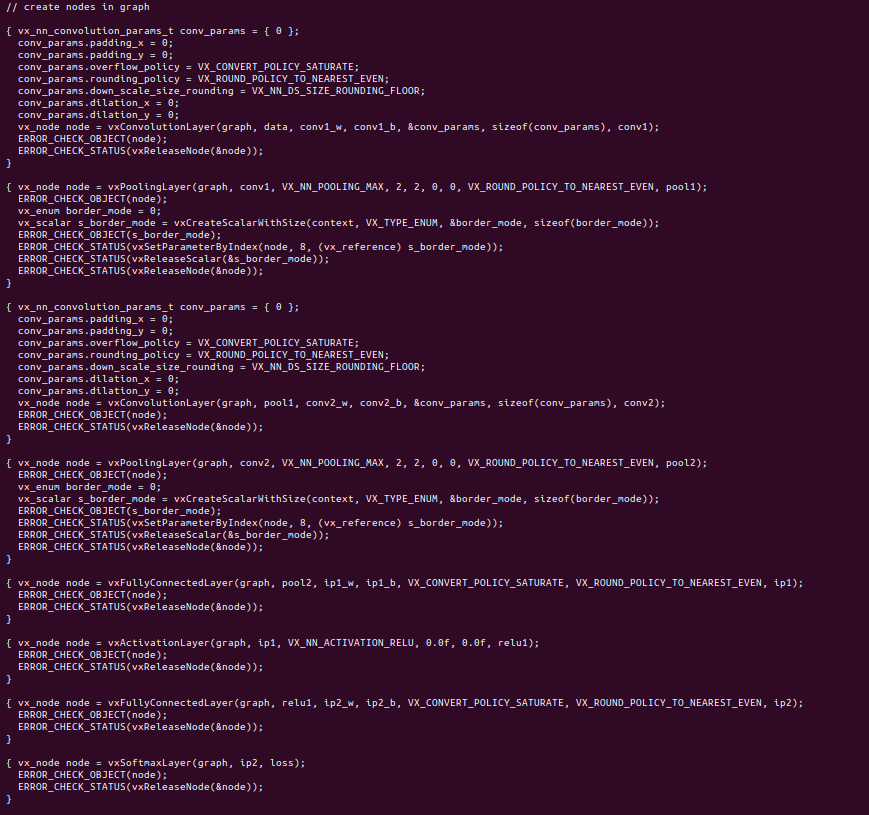
````
% python3 /opt/rocm/libexec/mivisionx/model_compiler/python/nnir_to_openvx.py <nnirModelFolder> <nnirModelOutputFolder>
````
Build - Inference Application#
Classification |
Detection |
Segmentation |
|---|---|---|
Once the OpenVX code is generated(annmodule.cpp & annmodule.h), follow the instructions below to build the project.
Copy the files (annmodule.cpp & annmodule.h) generated by the model compiler into this samples module_files folder.
% cp PATH/To/annmodule.h PATH/To/MIVisionX/samples/model_compiler_samples/module_files/
% cp PATH/To/annmodule.cpp PATH/To/MIVisionX/samples/model_compiler_samples/module_files/
Build this project
% mkdir build
% cd build
% cmake PATH/To/MIVisionX/samples/model_compiler_samples/
% make
Run#
Classification |
Detection |
|---|---|
./classifier --mode <1/2/3 - 1:classification 2:detection 3:segmentation> [required]
--video/--capture/--image <video file>/<0>/<image file> [required]
--model_weights <model_weights.bin> [required]
--label <label text> [required]
--model_input_dims <c,h,w - channel,height,width> [required]
--model_output_dims <c,h,w - channel,height,width> [required]
--model_name <model name> [optional - default:NN_ModelName]
--add <Ax,Ay,Az - input preprocessing factor> [optional - default:0,0,0]
--multiply <Mx,My,Mz - input preprocessing factor> [optional - default:1,1,1]
[usage help] --help/--h
label < path to labels file >#
Use Classification labels or Detection labels or Segmentation Labels files in the data folder depending on the type of model you are converting to OpenVX
video < path to video file >#
Run inference on pre-recorded video with this option.
image < path to image file >#
Run inference on an image with this option.
capture <0>#
Run inference on the live camera feed with this option.
Note: –video/–capture/–image options are not supported concurrently
Supported Pre-Trained Model Formats#
Caffe
NNEF
ONNX
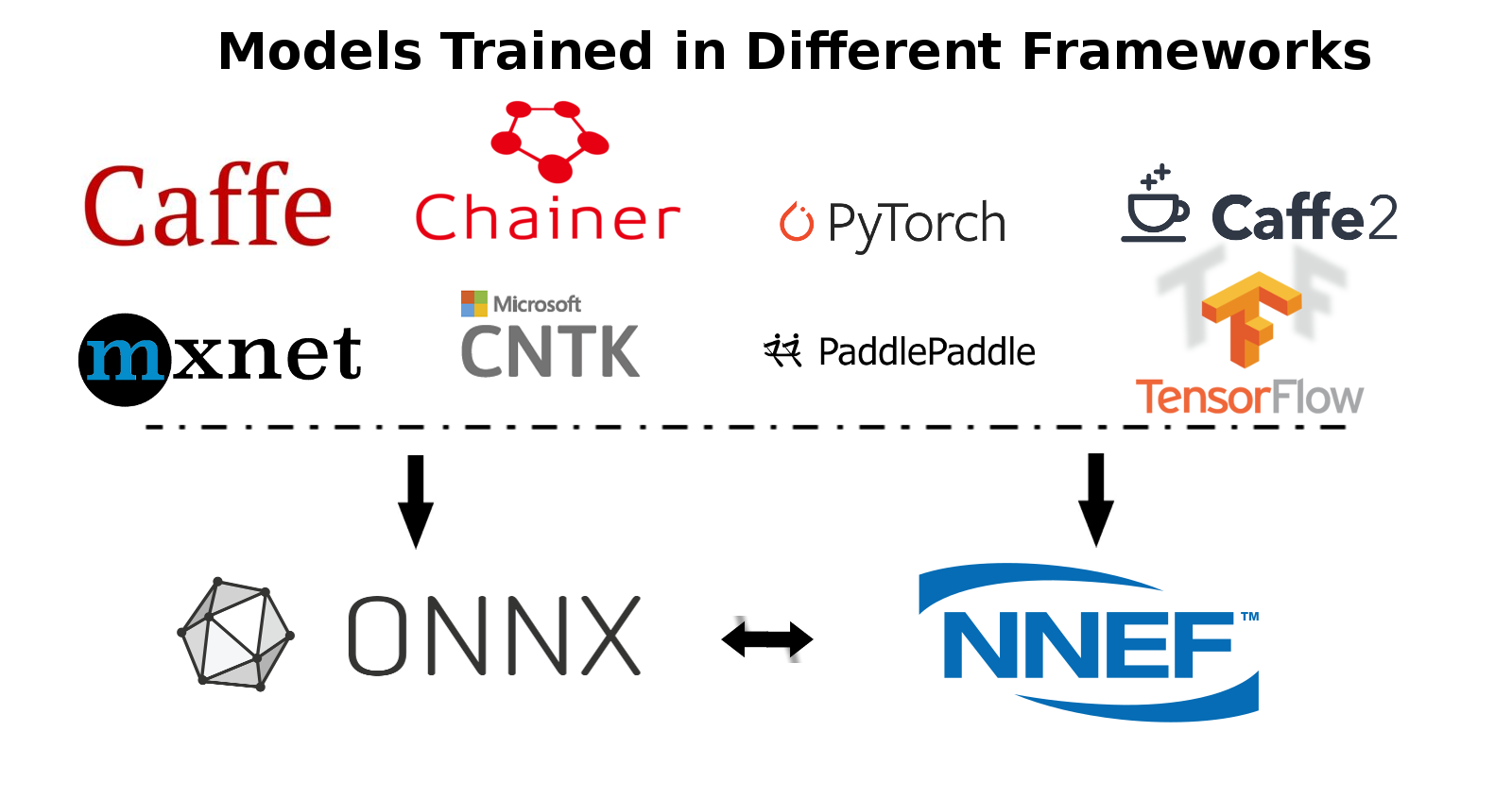
Sample 1 - Classification Using Pre-Trained ONNX Model#
Run SqueezeNet on Video/Image#
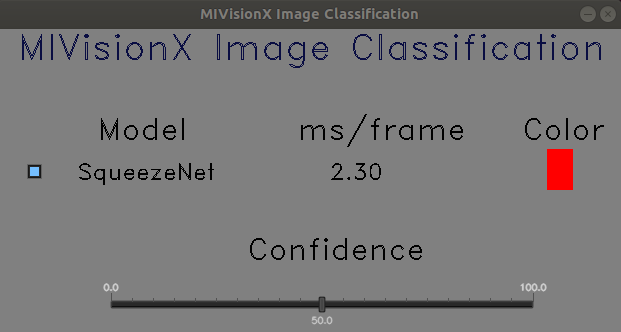
Step 1: Clone MIVisionX Inference Tutorial Project
% cd && mkdir sample-1 && cd sample-1 % git clone https://github.com/kiritigowda/MIVisionX-Inference-Tutorial.git
Note:
MIVisionX needs to be pre-installed
MIVisionX Model Compiler & Optimizer scripts are at
/opt/rocm/libexec/mivisionx/model_compiler/python/ONNX model conversion requires ONNX install using
pip install onnx
Step 2: Download pre-trained SqueezeNet ONNX model from ONNX Model Zoo - SqueezeNet Model
% wget https://s3.amazonaws.com/download.onnx/models/opset_8/squeezenet.tar.gz % tar -xvf squeezenet.tar.gz
Note: pre-trained model -
squeezenet/model.onnxStep 3: Use MIVisionX Model Compiler to generate OpenVX files from the pre-trained ONNX model
Convert .onnx to NNIR
% python3 /opt/rocm/libexec/mivisionx/model_compiler/python/onnx_to_nnir.py squeezenet/model.onnx squeezenet-nnir
Convert NNIR to OpenVX
% python3 /opt/rocm/libexec/mivisionx/model_compiler/python/nnir_to_openvx.py squeezenet-nnir/ squeezenet-openvx
Note:
annmodule.cpp & annmodule.h generated in squeezenet-openvx folder
weights.bin generated in squeezenet-openvx folder is used for the classifier –model_weights option
Step 4: Copy the annmodule.cpp & annmodule.h files into module_files folder. CMake and build this project
Copy OpenVX generated code
% cp ~/sample-1/squeezenet-openvx/annmodule.h ~/sample-1/MIVisionX-Inference-Tutorial/module_files/ % cp ~/sample-1/squeezenet-openvx/annmodule.cpp ~/sample-1/MIVisionX-Inference-Tutorial/module_files/
CMake and build
% mkdir ~/sample-1/build % cd ~/sample-1/build/ % cmake ../MIVisionX-Inference-Tutorial/ % make
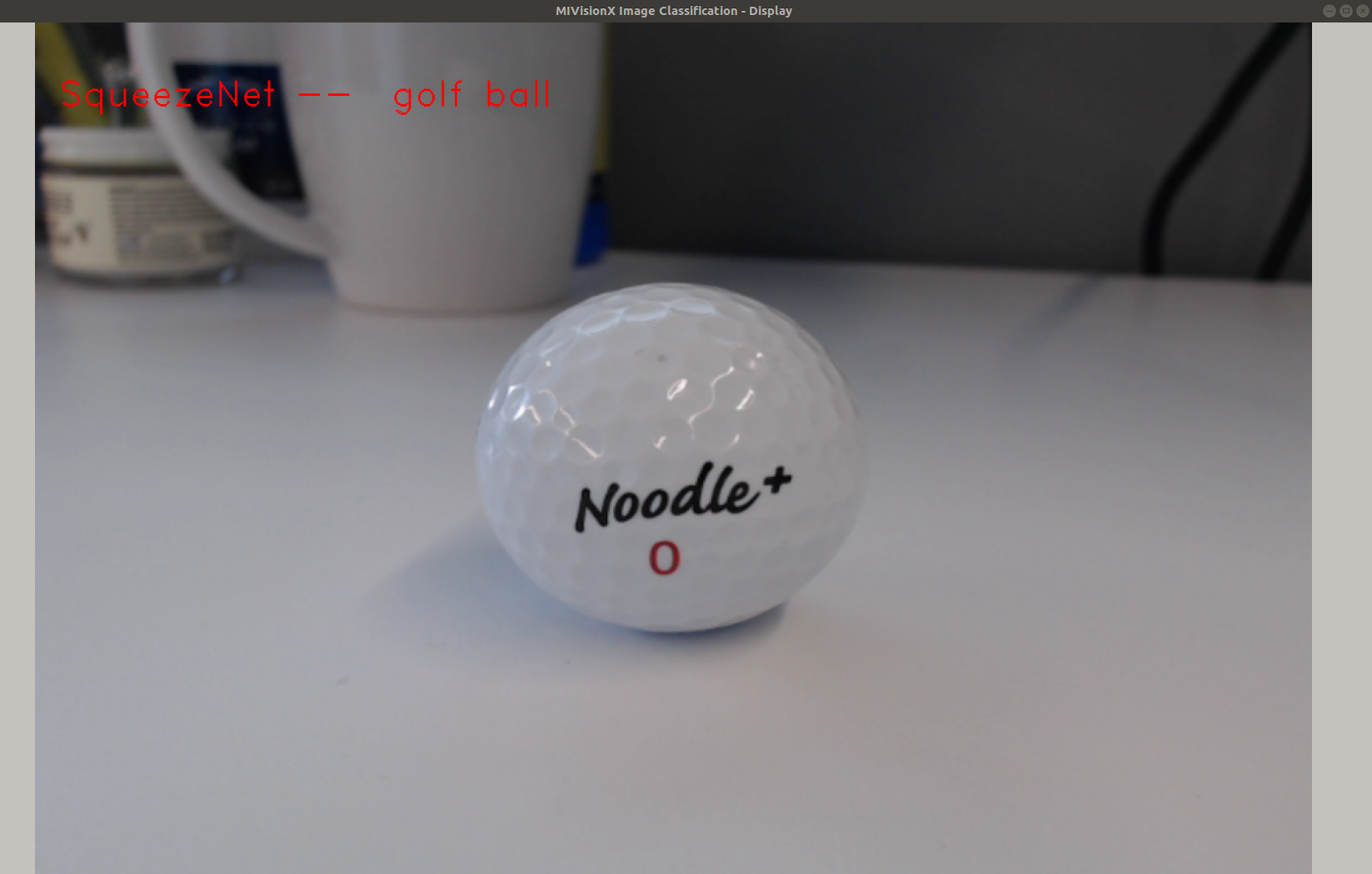
Step 5: Use the command below to run the classifier
View classifier usage
% ./classifier --help
Run SqueezeNet Classifier
% ./classifier --mode 1 --video ../MIVisionX-Inference-Tutorial/data/images/img_05.JPG --model_weights ../squeezenet-openvx/weights.bin --label ../MIVisionX-Inference-Tutorial/data/sample_classification_labels.txt --model_input_dims 3,224,224 --model_output_dims 1000,1,1 --model_name SqueezeNet_ONNX
Sample 2 - Detection Using Pre-Trained Caffe Model#
Run Tiny YoloV2 on an Image/Video#
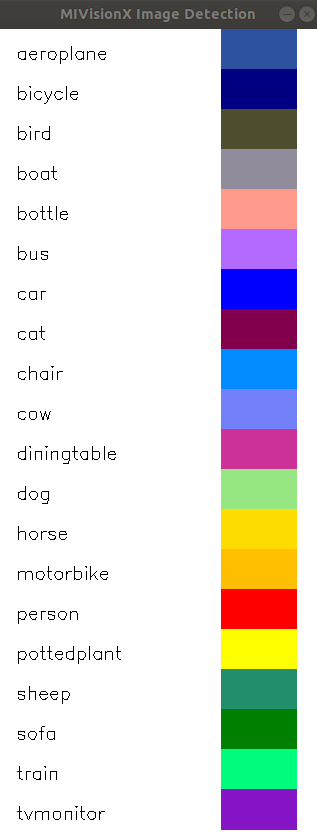
Step 1: Clone MIVisionX Inference Tutorial Project
% cd && mkdir sample-2 && cd sample-2 % git clone https://github.com/kiritigowda/MIVisionX-Inference-Tutorial.git
Note:
MIVisionX needs to be pre-installed
MIVisionX Model Compiler & Optimizer scripts are at
/opt/rocm/libexec/mivisionx/model_compiler/python/
Step 2: Download pre-trained Tiny YoloV2 caffe model - yoloV2Tiny20.caffemodel
% wget https://github.com/kiritigowda/YoloV2NCS/raw/master/models/caffemodels/yoloV2Tiny20.caffemodel
Step 3: Use MIVisionX Model Compiler to generate OpenVX files from the pre-trained caffe model
Convert .caffemodel to NNIR
% python3 /opt/rocm/libexec/mivisionx/model_compiler/python/caffe_to_nnir.py yoloV2Tiny20.caffemodel yoloV2-nnir --input-dims 1,3,416,416
Convert NNIR to OpenVX
% python3 /opt/rocm/libexec/mivisionx/model_compiler/python/nnir_to_openvx.py yoloV2-nnir yoloV2-openvx
Note:
annmodule.cpp & annmodule.h generated in yoloV2-openvx folder
weights.bin generated in yoloV2-openvx folder is used for the classifier –model_weights option
Step 4: Copy the annmodule.cpp & annmodule.h files into module_files folder. CMake and build this project
Copy OpenVX generated code
% cp ~/sample-2/yoloV2-openvx/annmodule.h ~/sample-2/MIVisionX-Inference-Tutorial/module_files/ % cp ~/sample-2/yoloV2-openvx/annmodule.cpp ~/sample-2/MIVisionX-Inference-Tutorial/module_files/
CMake and build
% mkdir ~/sample-2/build % cd ~/sample-2/build/ % cmake ../MIVisionX-Inference-Tutorial/ % make
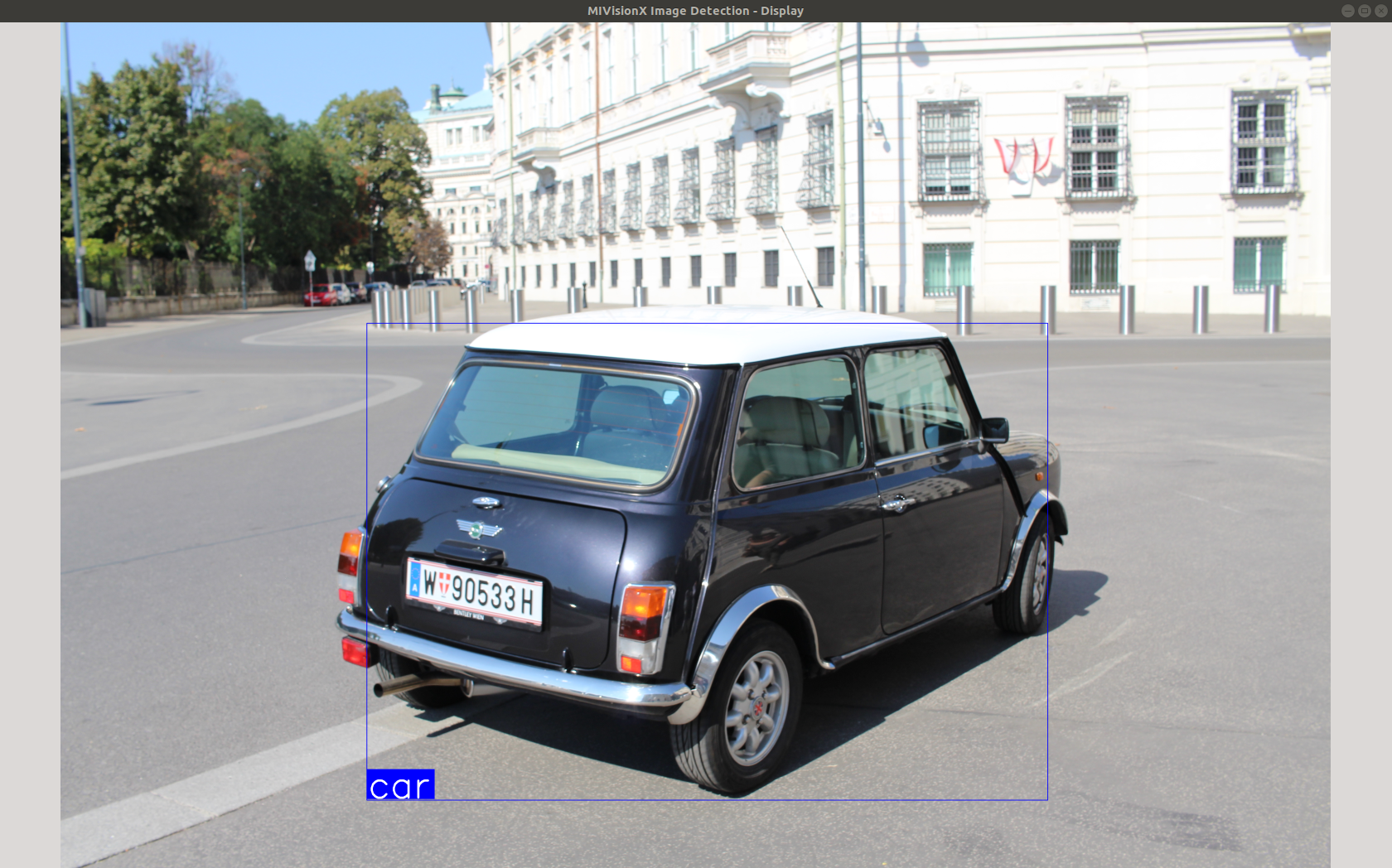
Step 5: Use the command below to run the classifier
View classifier usage
% ./classifier --help
Run YoloV2 Classifier
% ./classifier --mode 2 --video ../../data/videos/AMD_driving_virtual_20.mp4 --model_weights ../yoloV2-openvx/weights.bin --label ../MIVisionX-Inference-Tutorial/data/sample_detection_labels.txt --model_input_dims 3,416,416 --model_output_dims 125,12,12 --model_name YoloV2_Caffe --multiply 0.003922,0.003922,0.003922
Note:
Tiny YoloV2 input needs to be preprocessed
Use the
--multiplyoption to preprocess the input by a factor1/255
Sample 3 - Classification Using Pre-Trained NNEF Model#
Run VGG 16 on a Video#
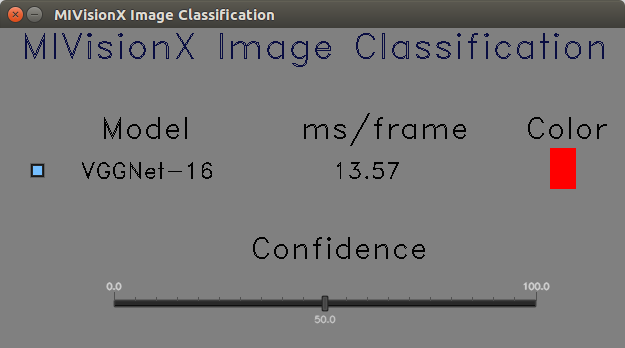
Step 1: Clone MIVisionX Inference Tutorial Project
% cd && mkdir sample-3 && cd sample-3 % git clone https://github.com/kiritigowda/MIVisionX-Inference-Tutorial.git
Note:
MIVisionX needs to be pre-installed
MIVisionX Model Compiler & Optimizer scripts are at
/opt/rocm/libexec/mivisionx/model_compiler/python/NNEF model conversion requires NNEF python parser installed
Step 2: Download pre-trained VGG 16 NNEF model
% mkdir ~/sample-3/vgg16 % cd ~/sample-3/vgg16 % wget https://sfo2.digitaloceanspaces.com/nnef-public/vgg16.onnx.nnef.tgz % tar -xvf vgg16.onnx.nnef.tgz % cd ~/sample-3/
Step 3: Use MIVisionX Model Compiler to generate OpenVX files from the pre-trained caffe model
Convert .nnef to NNIR
% python3 /opt/rocm/libexec/mivisionx/model_compiler/python/nnef_to_nnir.py vgg16/ vgg16-nnir
Convert NNIR to OpenVX
% python3 /opt/rocm/libexec/mivisionx/model_compiler/python/nnir_to_openvx.py vgg16-nnir/ vgg16-openvx
Note:
annmodule.cpp & annmodule.h generated in vgg16-openvx folder
weights.bin generated in vgg16-openvx folder is used for the classifier –model_weights option
Step 4: Copy the annmodule.cpp & annmodule.h files into module_files folder. CMake and build this project
Copy OpenVX generated code
% cp ~/sample-3/vgg16-openvx/annmodule.h ~/sample-3/MIVisionX-Inference-Tutorial/module_files/ % cp ~/sample-3/vgg16-openvx/annmodule.cpp ~/sample-3/MIVisionX-Inference-Tutorial/module_files/
CMake and build
% mkdir ~/sample-3/build % cd ~/sample-3/build/ % cmake ../MIVisionX-Inference-Tutorial/ % make
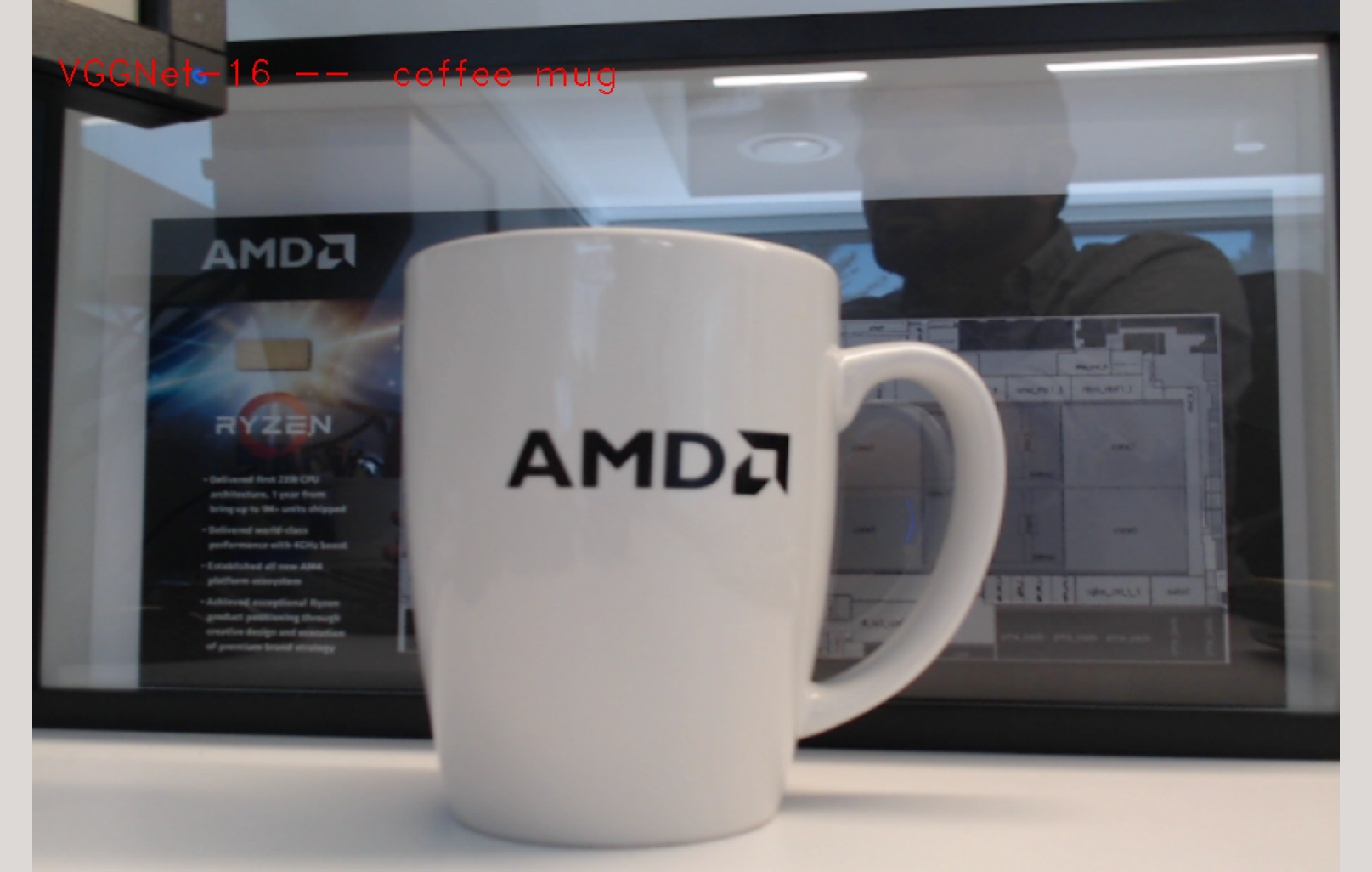
Step 5: Use the command below to run the classifier
View classifier usage
% ./classifier --help
Run VGG-16 Classifier
% ./classifier --mode 1 --video ../MIVisionX-Inference-Tutorial/data/images/img_01.JPG --model_weights ../vgg16-openvx/weights.bin --label ../MIVisionX-Inference-Tutorial/data/sample_classification_labels.txt --model_input_dims 3,224,224 --model_output_dims 1000,1,1 --model_name VGG16_NNEF
Sample 4 - Classification Using Pre-Trained Caffe Model#
Run VGG 16 on Live Video#

Step 1: Clone MIVisionX Inference Tutorial Project
% cd && mkdir sample-4 && cd sample-4 % git clone https://github.com/kiritigowda/MIVisionX-Inference-Tutorial.git
Note:
MIVisionX needs to be pre-installed
MIVisionX Model Compiler & Optimizer scripts are at
/opt/rocm/libexec/mivisionx/model_compiler/python/
Step 2: Download pre-trained VGG 16 caffe model - VGG_ILSVRC_16_layers.caffemodel
% wget http://www.robots.ox.ac.uk/~vgg/software/very_deep/caffe/VGG_ILSVRC_16_layers.caffemodel
Step 3: Use MIVisionX Model Compiler to generate OpenVX files from the pre-trained caffe model
Convert .caffemodel to NNIR
% python3 /opt/rocm/libexec/mivisionx/model_compiler/python/caffe_to_nnir.py VGG_ILSVRC_16_layers.caffemodel vgg16-nnir --input-dims 1,3,224,224
Convert NNIR to OpenVX
% python3 /opt/rocm/libexec/mivisionx/model_compiler/python/nnir_to_openvx.py vgg16-nnir vgg16-openvx
Note:
annmodule.cpp & annmodule.h generated in vgg16-openvx folder
weights.bin generated in vgg16-openvx folder is used for the classifier –model_weights option
Step 4: Copy the annmodule.cpp & annmodule.h files into module_files folder. CMake and build this project
Copy OpenVX generated code
% cp ~/sample-4/vgg16-openvx/annmodule.h ~/sample-4/MIVisionX-Inference-Tutorial/module_files/ % cp ~/sample-4/vgg16-openvx/annmodule.cpp ~/sample-4/MIVisionX-Inference-Tutorial/module_files/
CMake and build
% mkdir ~/sample-4/build % cd ~/sample-4/build/ % cmake ../MIVisionX-Inference-Tutorial/ % make

Step 5: Use the command below to run the classifier
View classifier usage
% ./classifier --help
Run VGG-16 Classifier
% ./classifier --mode 1 --capture 0 --model_weights ../vgg16-openvx/weights.bin --label ../MIVisionX-Inference-Tutorial/data/sample_classification_labels.txt --model_input_dims 3,224,224 --model_output_dims 1000,1,1 --model_name VGG16_Caffe
